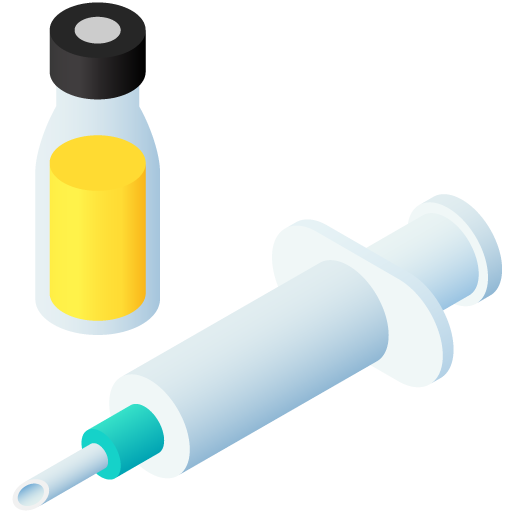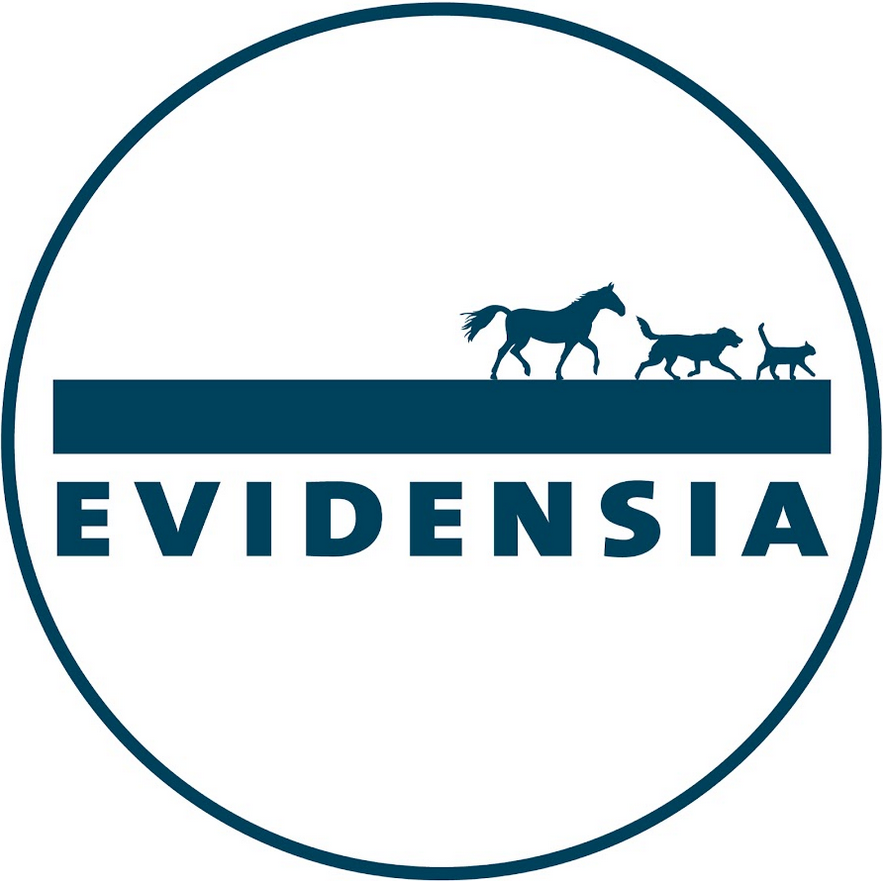Combination therapy
No results were found for your selected species
Bovilis BVD
ATC code
Species
Cattle (cows and heifers).
Indications
For active immunisation of cows and heifers from eight months of age onwards to protect the foetus against transplacental infection with bovine viral diarrhoea virus.
Dose to be administered and administration route
Before using the vaccine allow it to reach ambient temperature (15 °C – 25 °C).
Shake well before use. Use sterile syringes and needles.
Intramuscular injection. 2 ml per animal.
All cattle can be vaccinated from an age of eight months onwards.
Foetal protection can be expected if the primary immunisation has been finalised 4 weeks before start of the gestation. Animals which are vaccinated later than 4 weeks before gestation or during the early gestation will not be protected against foetal infection.
Individual vaccination
Basic immunisation
Two vaccinations with an interval of 4 weeks. The second vaccination should be given not later than 4 weeks before the start of the gestation.
Revaccination
One vaccination 4 weeks before start of the next gestation.
Herd vaccination
Basic immunisation
Two vaccinations with an interval of 4 weeks. For use in cattle from eight months of age, all animals should be vaccinated.
Revaccination
One vaccination 6 months after basic vaccination with next revaccinations at an interval no greater than 12 months.
For revaccination, the vaccine may be used for reconstitution of Bovilis IBR Marker Live for use in cattle from 15 months of age (i.e. those that have previously been vaccinated separately with Bovilis BVD and Bovilis IBR Marker Live) and the following instructions should be used:
|
Bovilis IBR Marker Live
|
Bovilis BVD |
|
|
5 doses |
+ |
10 ml |
|
10 doses |
+ |
20 ml |
|
25 doses |
+ |
50 ml |
|
50 doses |
+ |
100 ml |
A single dose (2 ml) of Bovilis BVD mixed with Bovilis IBR Marker Live is given intramuscularly.
Visual appearance after reconstitution of Bovilis IBR Marker Live in Bovilis BVD:
As specified for Bovilis BVD alone.
Adverse reactions
Cattle:
|
Very rare (<1 animal / 10,000 animals treated, including isolated reports): |
Injection site swelling1. Pyrexia2. Hypersensitivity reaction, anaphylactic shock3. |
1 Observed for 14 days.
2 Transient and mild.
3 In the event of anaphylactic type reactions appropriate treatment with antihistamine, corticosteroid or adrenaline is recommended.
Reporting adverse events is important. It allows continuous safety monitoring of a veterinary medicinal product. Reports should be sent, preferably via a veterinarian, to either the marketing authorisation holder or its local representative or the national competent authority via the national reporting system. See the package leaflet for respective contact details.
Dispensing
POM-V - Prescription Only Medicine – VeterinarianSUMMARY OF PRODUCT CHARACTERISTICS
1. NAME OF THE VETERINARY MEDICINAL PRODUCT
Bovilis BVD
Suspension for injection for cattle.
2. QUALITATIVE AND QUANTITATIVE COMPOSITION
Each dose of 2 ml contains:
Active substance:
Inactivated cytopathogenic bovine viral diarrhoea (BVD) virus type 1 strain C-86, containing 50 ELISA Units (EU) and inducing at least 4.6 log2 VN units*
*Mean virus neutralizing titre obtained in the potency test
Adjuvant:
Aluminium 3+ (as Al-phosphate and Al-hydroxide): 6-9 mg
Excipients:
Methyl parahydroxybenzoate: 3 mg (preservative)
For the full list of excipients, see section 6.1
3. PHARMACEUTICAL FORM
Suspension for injection.
Red to pink-coloured turbid suspension.
4. CLINICAL PARTICULARS
4.1 Target species
Cattle (cows and heifers).
4.2 Indications for use, specifying the target species
For active immunisation of cows and heifers from eight months of age onwards to protect the foetus against transplacental infection with bovine viral diarrhoea virus.
4.3 Contraindications
None.
4.4 Special warnings for each target species
Vaccinate healthy animals only.
4.5 Special precaution for use
Special precautions for use in animals Not applicable.
Special precautions to be taken by the person administering the veterinary medicinal product to animals
In the case of accidental self-injection, seek medical advice immediately and show the package leaflet or the label to the physician.
4.6 Adverse reactions (frequency and seriousness)
In very rare cases a slight swelling may be observed for 14 days at the site of injection. Also in very rare cases transient mild pyrexia may occur. In very rare cases, hypersensitivity reactions including anaphylactic shock may occur. In the event of anaphylactic type reactions, appropriate treatment such as with antihistamine, corticosteroid or adrenaline is recommended.
The frequency of adverse reactions is defined using the following convention:
- very common (more than 1 in 10 animals treated displaying adverse reaction(s))
- common (more than 1 but less than 10 animals in 100 animals treated)
- uncommon (more than 1 but less than 10 animals in 1,000 animals treated)
- rare (more than 1 but less than 10 animals in 10,000 animals treated)
- very rare (less than 1 animal in 10,000 animals treated, including isolated reports).
4.7 Use during pregnancy, lactation or lay
Can be used during pregnancy.
4.8 Interaction with other medicinal products and other forms of interaction
Safety and efficacy data are available which demonstrate that for re-vaccination -in cattle from 15 months of age onwards (i.e. those that have previously been vaccinated separately with Bovilis BVD and Bovilis IBR marker live) - this vaccine can be mixed and administered with Bovilis IBR marker live (in Member States where this veterinary medicinal product is authorised). The product literature of Bovilis IBR marker live should be consulted before administration of the mixed products. The adverse effects observed after administration of one dose or an overdose of the mixed vaccines are not different from those described for the vaccines administered separately.
No information is available on the safety and efficacy of this vaccine when used with any other veterinary medicinal product except the product mentioned above. A decision to use this vaccine before or after any other veterinary medicinal product therefore needs to be made on a case by case basis.
4.9 Amounts to be administered and administration route
Before using the vaccine allow it to reach ambient temperature (15 °C – 25 °C).
Shake well before use. Use sterile syringes and needles. Intramuscular injection. 2 ml per animal.
All cattle can be vaccinated from an age of eight months onwards.
Foetal protection can be expected if the primary immunisation has been finalised 4 weeks before start of the gestation. Animals which are vaccinated later than 4 weeks before gestation or during the early gestation will not be protected against foetal infection.
Individual vaccination
Basic immunisation
Two vaccinations with an interval of 4 weeks. The second vaccination should be given not later than 4 weeks before the start of the gestation.
Revaccination
One vaccination 4 weeks before start of the next gestation.
Herd vaccination
Basic immunisation
Two vaccinations with an interval of 4 weeks. For use in cattle from eight months of age, all animals should be vaccinated.
Revaccination
One vaccination 6 months after basic vaccination with next re-vaccinations at an interval no greater than 12 months.
For revaccination, the vaccine may be used for reconstitution of Bovilis IBR marker live for use in cattle from 15 months of age (i.e. those that have previously been vaccinated separately with Bovilis BVD and Bovilis IBR marker live) and the following instructions should be used:
Bovilis IBR marker live Bovilis BVD
5 doses + 10 ml
10 doses + 20 ml
25 doses + 50 ml
50 doses + 100 ml
A single dose (2 ml) of Bovilis BVD mixed with Bovilis IBR marker live is given intramuscularly.
Visual appearance after reconstitution of Bovilis IBR marker live in Bovilis BVD: As specified for Bovilis BVD alone.
4.10 Overdose (symptoms, emergency procedures, antidotes), if necessary
Reactions after a double dose are not different from those after the single dose.
4.11 Withdrawal period(s) Zero days.
5. IMMUNOLOGICAL PROPERTIES
Pharmacotherapeutic group: inactivated bovine viral diarrhoea vaccine.
ATC-vet code: QI02AA01.
Bovilis BVD is an adjuvanted aqueous inactivated viral vaccine for active immunisation of cows and heifers against transplacental infection with bovine viral diarrhoea virus.
6. PHARMACEUTICAL PARTICULARS
6.1 List of excipients
Aluminium phosphate
Aluminium hydroxide
Methylparahydroxybenzoate
Propylene glycol
Tromethamine
Tissue culture medium
Hydrochloric acid solution or tromethamine solution Water for injections
6.2 Major incompatibilities
Do not mix with any other veterinary medicinal product, except with Bovilis IBR marker live (for revaccination only).
6.3 Shelf life
Shelf life of the veterinary medicinal product as packaged for sale: 2 years.
Shelf life after first opening the immediate packaging: 10 hours.
Shelf life after mixing with Bovilis IBR marker live: 3 hours (at room temperature).
6.4 Special precautions for storage
Store in a refrigerator (2 °C – 8 °C). Do not freeze.
6.5 Nature and composition of immediate packaging
Vials of glass (hydrolytic type I, Ph. Eur.) or plastic (polyethylene-terephthalate, PET) closed with a rubber (halogenobutyl) stopper and an aluminium cap.
Package sizes:
Carton box containing 1 glass or plastic vial of 2 ml (1 dose)
Carton box containing 1 glass or plastic vial of 10 ml (5 doses)
Carton box containing 1 glass or plastic vial of 20 ml (10 doses)
Carton box containing 1 glass or plastic vial of 50 ml (25 doses)
Carton box containing 1 glass or plastic vial of 100 ml (50 doses) Carton box containing 1 glass or plastic vial of 250 ml (125 doses)
Not all pack sizes may be marketed.
6.6 Special precautions for the disposal of unused veterinary medicinal product or waste materials derived from the use of such products
Any unused veterinary medicinal product or waste materials derived from such veterinary medicinal products should be disposed of in accordance with local requirements.
7. MARKETING AUTHORISATION HOLDER
MSD Animal Health UK Limited
Walton Manor
Walton
Milton Keynes
Buckinghamshire
MK7 7AJ
8. MARKETING AUTHORISATION NUMBER
Vm 01708/4616
9. DATE OF FIRST AUTHORISATION
25 June 1999
10. DATE OF REVISION OF THE TEXT
24 July 2020
PROHIBITION OF SALE, SUPPLY AND/OR USE
Any person intending to manufacture, import, possess, sell, supply and use this veterinary medicinal product must first consult the relevant Member State’s competent authority on the current vaccination policies, as these activities may be prohibited in a Member State on the whole or part of its territory pursuant to national legislation.
Approved 24 July 2020


| Art. Nr. | 01708/5106 |
|---|---|
| EAN | 8713184014184 |
 TRUSTED SOURCE
TRUSTED SOURCE








